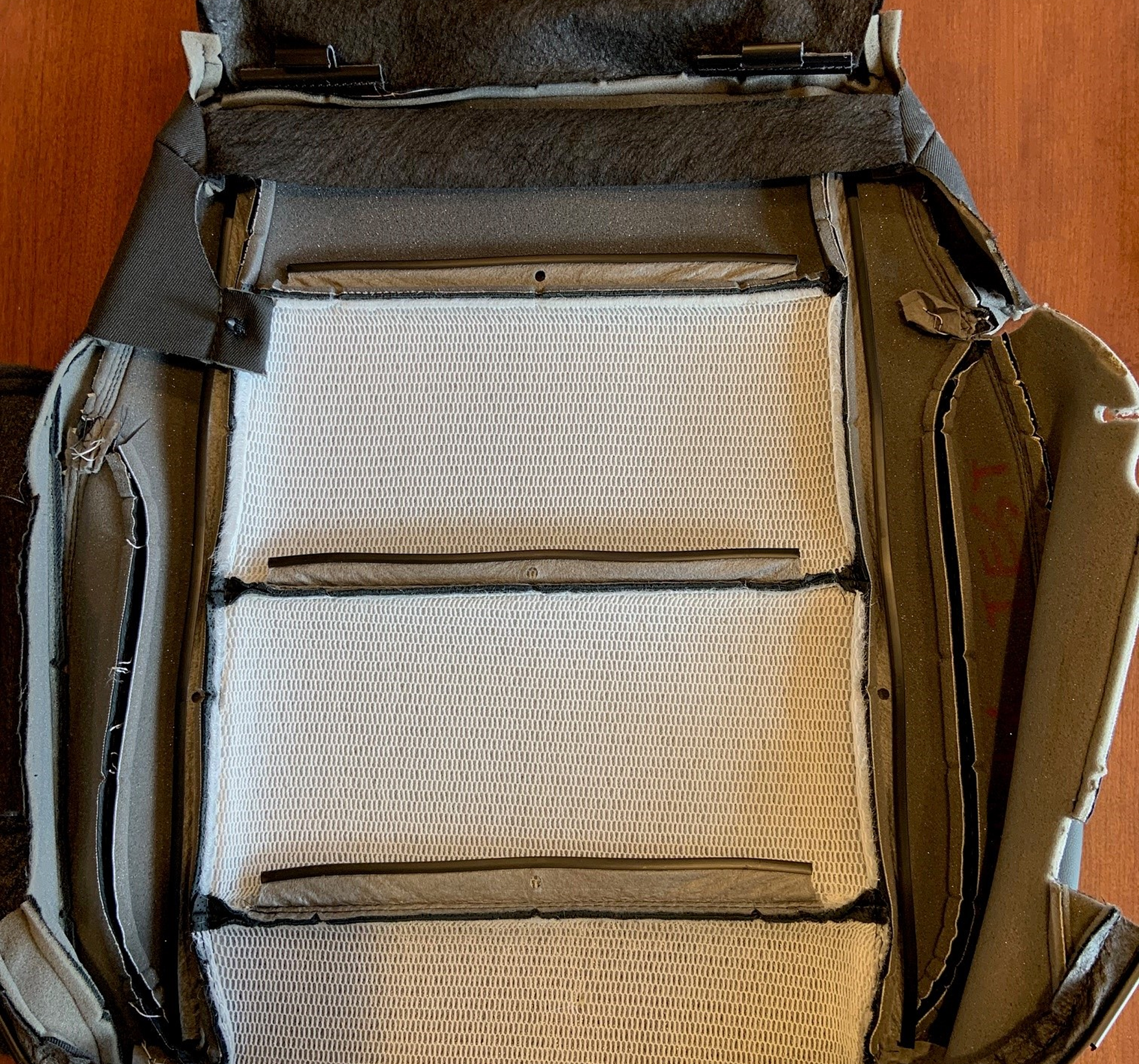Inconsistent seat materials lead to lower comfort and frequent wear
Automotive seating experiences high stress each time a passenger sits down or shifts position. Fabrics that lack tensile strength can stretch, sag, or tear after repeated use, undermining support and comfort. If the seat backing or reinforcement layers degrade, the cushion may not hold its shape, leaving uneven spots that accelerate driver fatigue. Many manufacturers also face strict requirements for flammability and safety, so seat materials must undergo rigorous testing to prevent liability issues.
Inconsistent seat materials lead to lower comfort and frequent wear
Automotive seating experiences high stress each time a passenger sits down or shifts position. Fabrics that lack tensile strength can stretch, sag, or tear after repeated use, undermining support and comfort. If the seat backing or reinforcement layers degrade, the cushion may not hold its shape, leaving uneven spots that accelerate driver fatigue. Many manufacturers also face strict requirements for flammability and safety, so seat materials must undergo rigorous testing to prevent liability issues.
.jpeg)
.jpeg)

.jpeg)
.jpeg)

Durable fabrics that enhance
comfort and reduce vehicle weight
Inconsistent seat materials lead to lower comfort and frequent wear
Automotive seating experiences high stress each time a passenger sits down or shifts position. Fabrics that lack tensile strength can stretch, sag, or tear after repeated use, undermining support and comfort. If the seat backing or reinforcement layers degrade, the cushion may not hold its shape, leaving uneven spots that accelerate driver fatigue. Many manufacturers also face strict requirements for flammability and safety, so seat materials must undergo rigorous testing to prevent liability issues.

Weight reduction is another key focus in modern automotive design. Heavy foam or dense textile layers add bulk that increases fuel consumption or reduces battery range in electric vehicles. Yet simply choosing the lightest possible fabric might compromise durability or compliance with industry regulations. Finding the right balance between weight and performance is an ongoing challenge for automakers aiming to optimize seat function and occupant comfort.
Supportive, lightweight seating enhances brand reputation

High-quality seat construction plays a significant role in how customers perceive a vehicle. Comfortable, long-lasting seats reduce driver fatigue, an especially critical factor for commercial fleets, ride-share vehicles, and long-haul trucking. Even in personal cars, passengers appreciate seats that maintain their shape over years of daily use. Satisfied drivers often become repeat customers, praising the vehicle’s comfort and build quality.
Lighter seat materials also align with sustainability trends. Automakers can market models that offer reduced fuel consumption or improved EV range, meeting the demands of eco-conscious buyers. Meanwhile, seats that pass stringent flammability and crash-safety standards help protect the brand from recalls or regulatory penalties. Overall, employing advanced materials in seat components is both a competitive advantage and a proactive way to meet evolving industry benchmarks.
Inconsistent seat materials lead to lower comfort and frequent wear
Automotive seating experiences high stress each time a passenger sits down or shifts position. Fabrics that lack tensile strength can stretch, sag, or tear after repeated use, undermining support and comfort. If the seat backing or reinforcement layers degrade, the cushion may not hold its shape, leaving uneven spots that accelerate driver fatigue. Many manufacturers also face strict requirements for flammability and safety, so seat materials must undergo rigorous testing to prevent liability issues.
Supportive, lightweight seating enhances brand reputation
High-quality seat construction plays a significant role in how customers perceive a vehicle. Comfortable, long-lasting seats reduce driver fatigue, an especially critical factor for commercial fleets, ride-share vehicles, and long-haul trucking. Even in personal cars, passengers appreciate seats that maintain their shape over years of daily use. Satisfied drivers often become repeat customers, praising the vehicle’s comfort and build quality.
Lighter seat materials also align with sustainability trends. Automakers can market models that offer reduced fuel consumption or improved EV range, meeting the demands of eco-conscious buyers. Meanwhile, seats that pass stringent flammability and crash-safety standards help protect the brand from recalls or regulatory penalties. Overall, employing advanced materials in seat components is both a competitive advantage and a proactive way to meet evolving industry benchmarks.

.jpeg)
.jpeg)

.jpeg)
.jpeg)
.jpeg)
.jpeg)
.jpeg)

How DUON needle-punched nonwoven elevates seating performance
DUON needle-punched nonwoven fabrics provide sturdy backing or padding layers behind the visible seat upholstery. Since they are formulated for consistent thickness and minimal stretch, they help the seat foam or cover maintain its original shape. This reduces sags and wrinkles, ensuring the driver’s spine stays supported. Blended yarn compositions can offer flame-retardant properties, meeting automotive safety regulations.
By integrating DUON, manufacturers can replace heavier backing substrates without compromising structural integrity. The fabric’s lightweight design also enables more ergonomic seat forms, often reducing foam thickness by providing necessary support. As a result, seats stay comfortable while trimming off unnecessary mass. Because DUON is tested in A2LA-accredited labs and produced under ISO 9001 and ISO 14001 standards, automakers can rely on consistent quality and adherence to environmental practices. This reliability extends the life of the seat and helps preserve the vehicle’s interior appeal for longer periods.




Key benefits
High tensile strength
Resists tears and prolonged deformation
Lightweight structure
Contributes to improved fuel economy or EV range
Enhanced comfort
Maintains seat shape, reducing fatigue and pressure points
Fire-retardant options
Meets automotive flammability requirements
Uniform thickness
Ensures smooth seat assembly and minimal wrinkles
ISO-certified production
Guarantees consistent quality and performance
.png)


